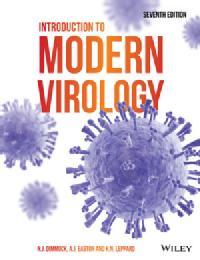Professor Keith Leppard
Research Themes:
Biomedical Science
PML proteins and inflammation project
Project research page
Virology Teaching:

Authored at Warwick with Andrew Easton and Nigel Dimmock
Introduction to Modern Virology 7th edn 2016Link opens in a new window


